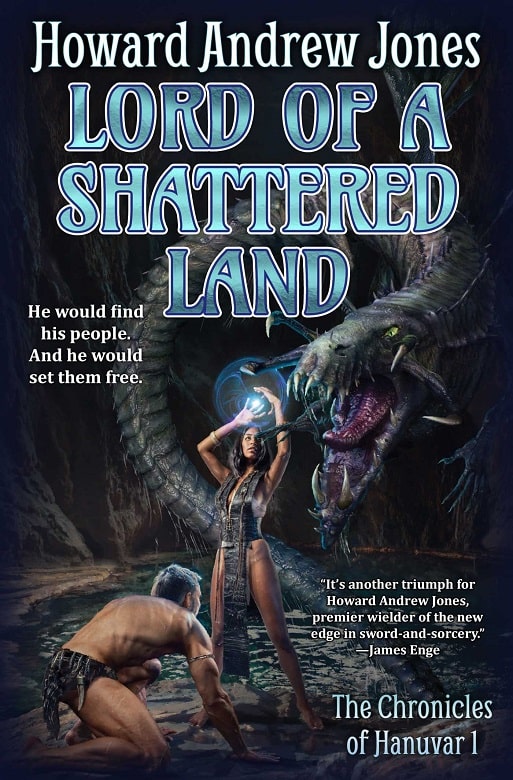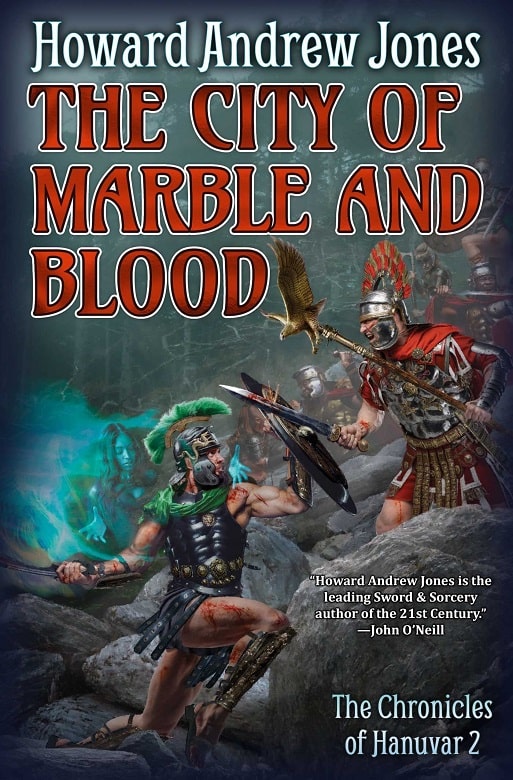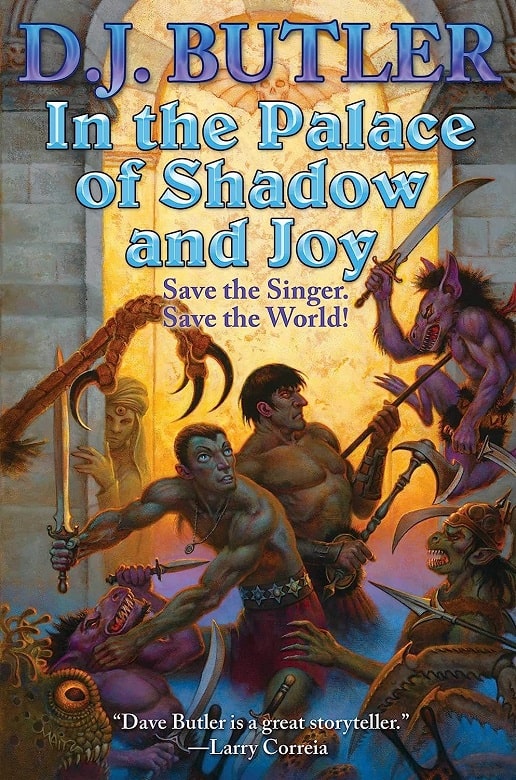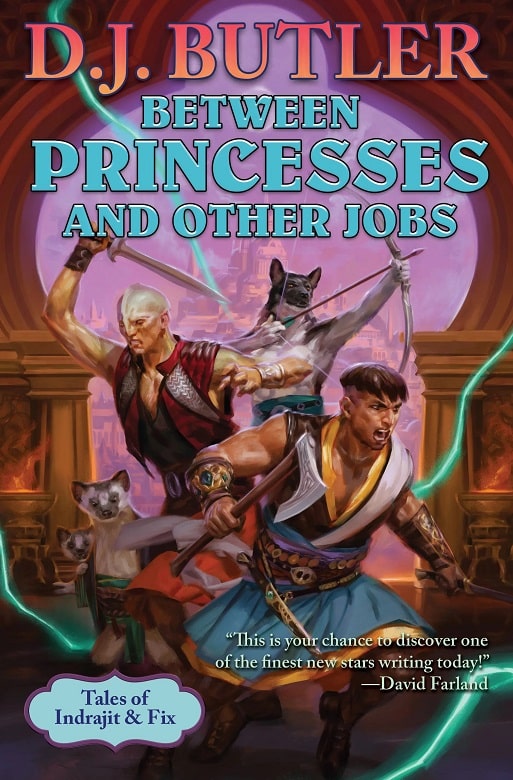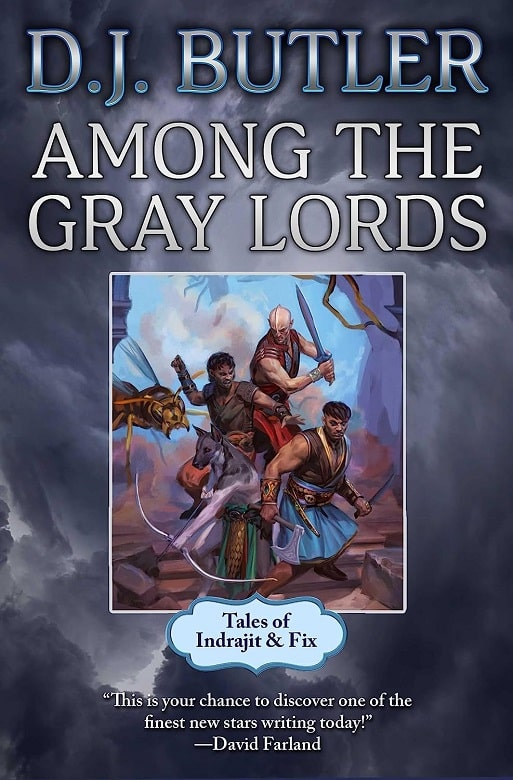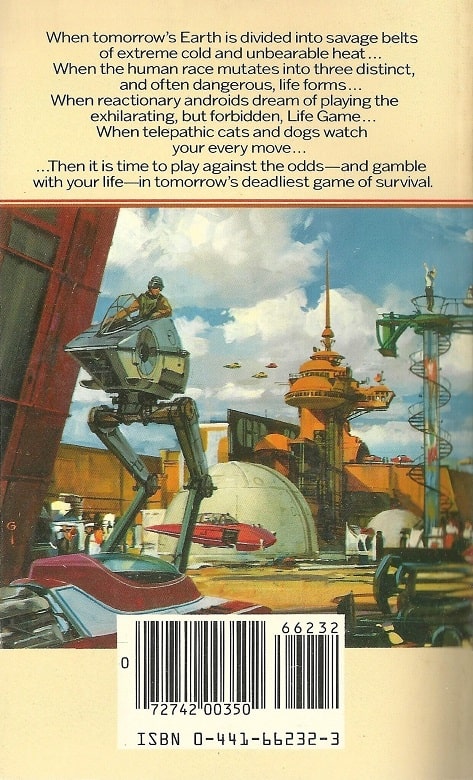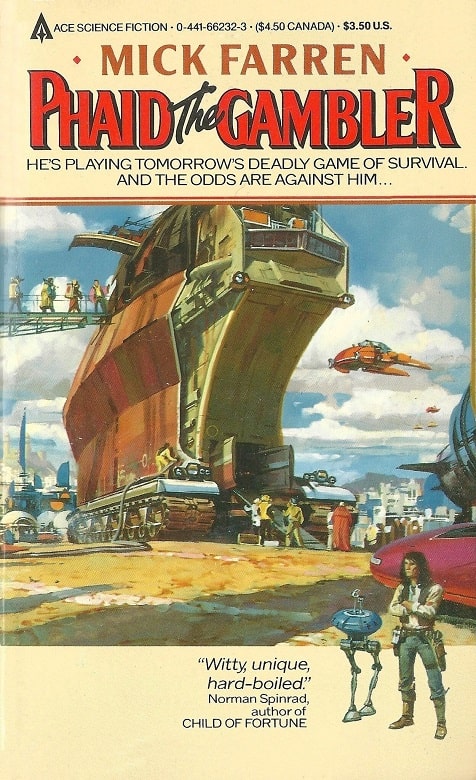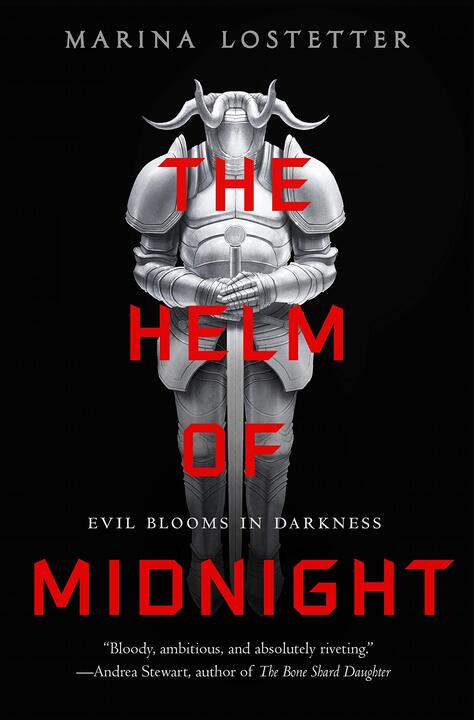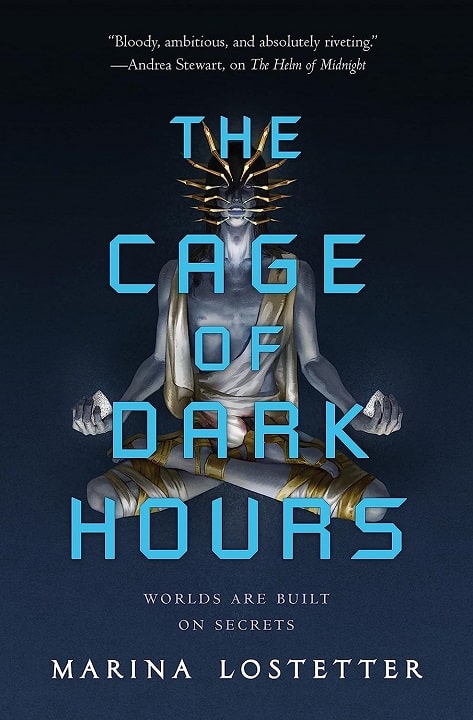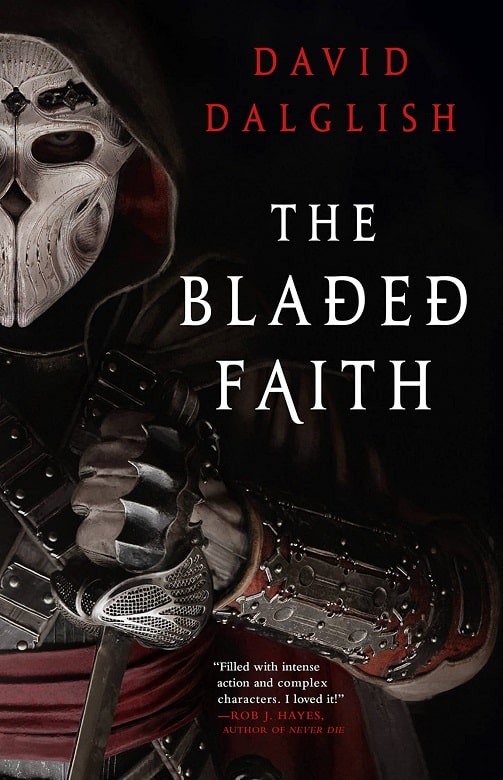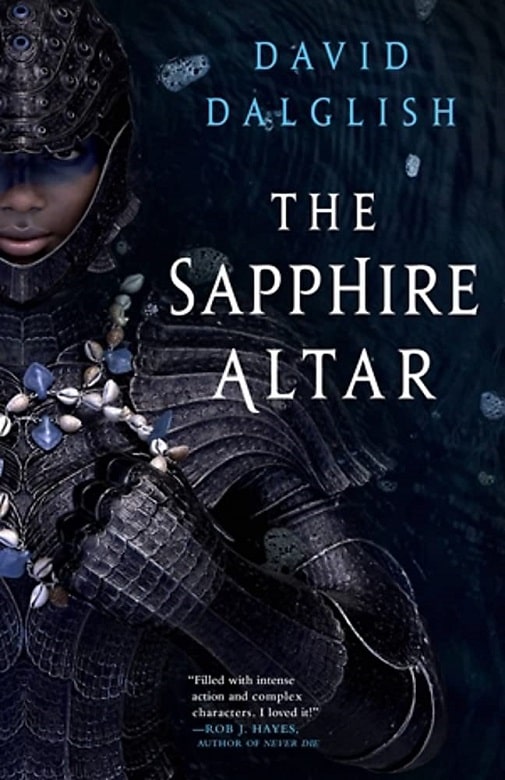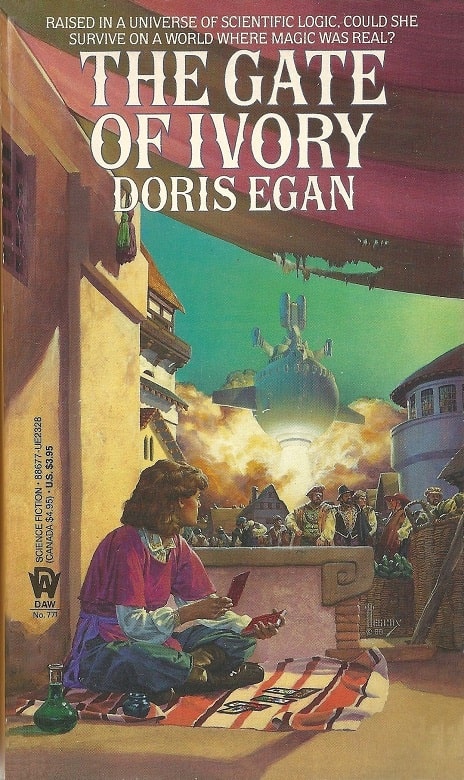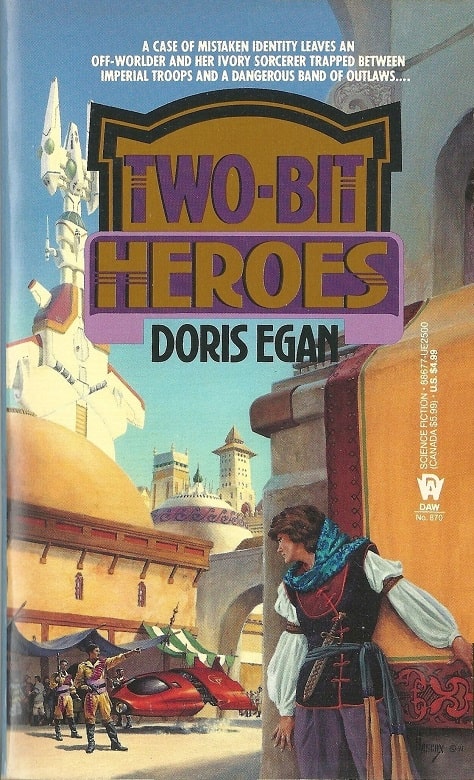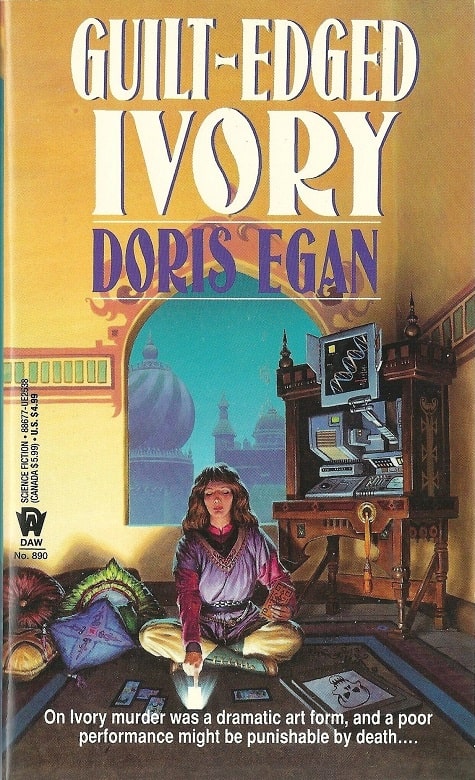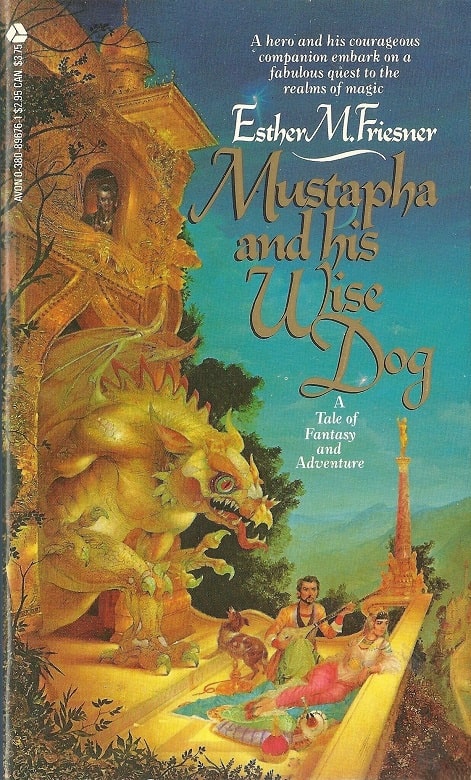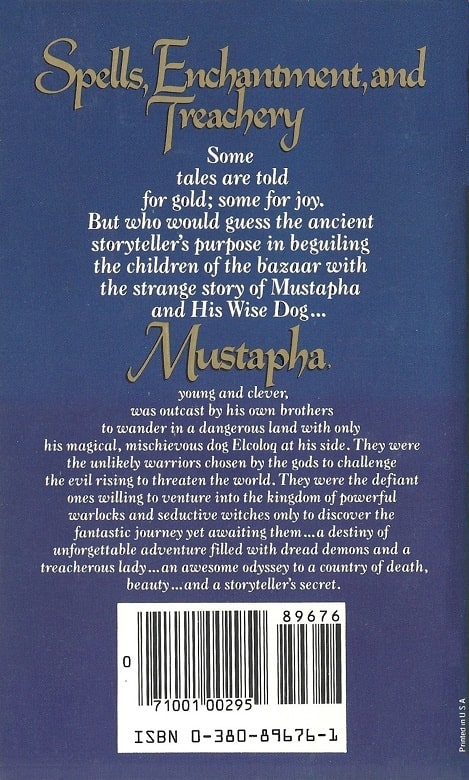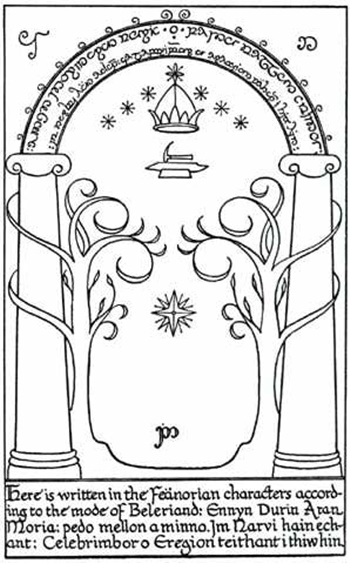 Talking Tolkien took a break last week so my annual Summer Pulp series, A (Black) Gat in the Hand, could pop in. But we’re back to the Professor this week. Gabe Dybing and I talk about RPGing on the side – we even started a short-lived Conan campaign. So I was thrilled when I conned him into…I mean, he agreed to contributed a post on MERP. If you don’t know what MERP is, read-on. Those were some terrific RPG books.
Talking Tolkien took a break last week so my annual Summer Pulp series, A (Black) Gat in the Hand, could pop in. But we’re back to the Professor this week. Gabe Dybing and I talk about RPGing on the side – we even started a short-lived Conan campaign. So I was thrilled when I conned him into…I mean, he agreed to contributed a post on MERP. If you don’t know what MERP is, read-on. Those were some terrific RPG books.
I have decided to take “Discovering Tolkien,” the title of this series, as my means of entry into the subject. By doing so, I can only hope that I happen to make (if not “new”) interesting or sideways observations about Tolkien’s awe-inspiring achievement. And this approach moreover gives me the opportunity to address a subject that this series’s editor has wanted me to handle, which is the nature of Iron Crown Enterprises’s (I.C.E.’s) Middle-Earth Role Playing (MERP), specifically the 1987 edition that I purchased at Waldenbooks in the Eden Prairie Center in Eden Prairie, Minnesota, a game that, incidentally, also introduced me to roleplaying in general.
Some may feel that I add too much detail, by citing precisely where I bought MERP, but I expect that I may find some sympathy with others who are perhaps about my own age – this year I am approaching age 48. These details, the milieu in which I discovered Tolkien, are inextricably bound together with the experiences of reading and re-reading this masterwork of English Language and Literature. They also inform the ways in which I continued and continue to explore this achievement through other media.
Let me pause for a moment on “incomparable.” I don’t want to be misunderstood: of course I can compare all manner of worlds and works to Tolkien’s Middle-earth, but, in my view, none will “measure up.” In many ways, my discovery of Tolkien in the fifth grade began a lifelong and – to this day – never ending quest to discover it again, and I don’t think I ever shall.
That’s not to say that some works haven’t come close. I don’t intend to be “critical” in this essay, so please let me deal glancingly with the productions that most obviously were meant to imitate Tolkien.
…
Read More Read More
